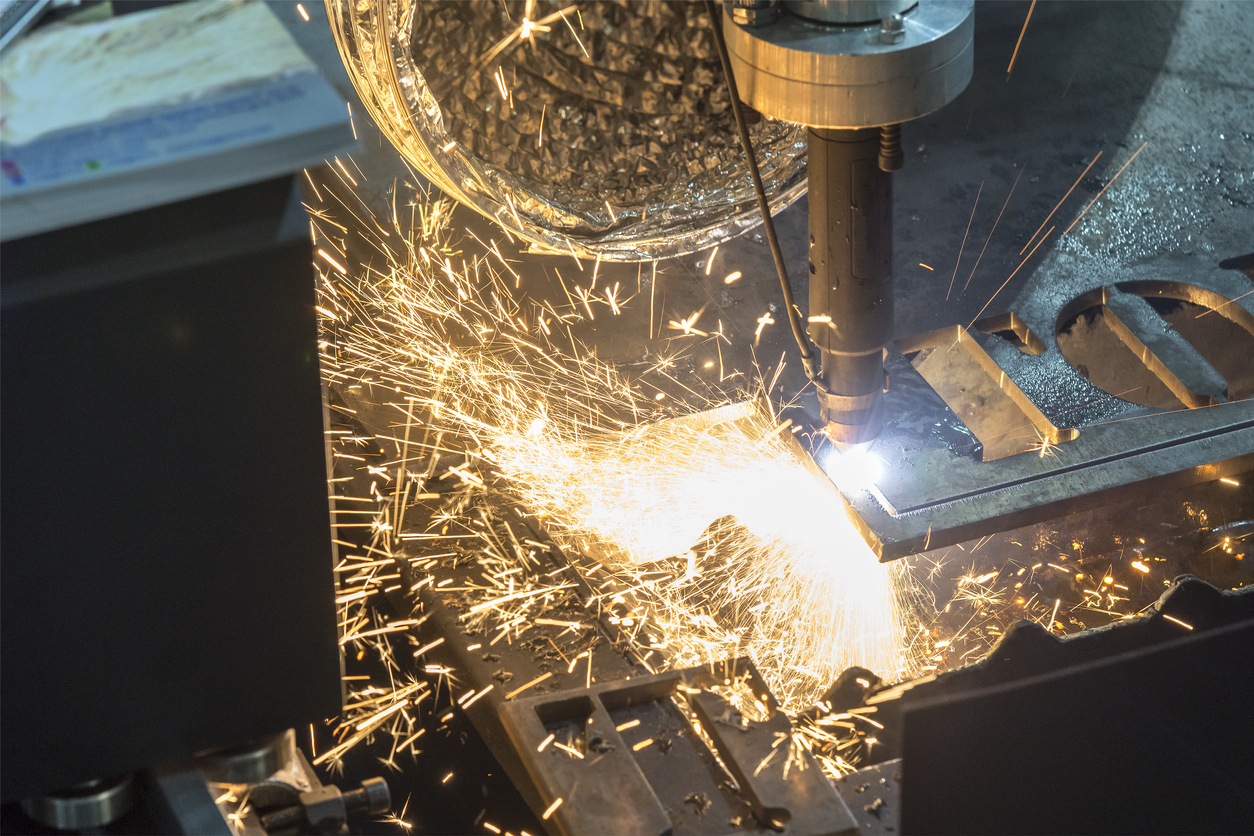How Reinforcement Learning Could One Day Transform Your Industrial Robot Operation

On the cutting edge of robotic technology, a number of researchers and startups are aggressively striving to achieve a higher level of intelligence in the use of industrial robots. Today’s industrial robots, even those enhanced with robotic vision systems, are rigid and inflexible compared to what’s on the horizon.
Advances in reinforcement learning (RL) are among the most promising and practical forms of robotic intelligence to date. One day, RL-enabled robots may transform the way your organization approaches automation.
What is Reinforcement Learning for Robots and How Does it Work?
RL is a type of robotic programming which allows robots to learn behaviors based on repeated interactions with the environment around them. Robot operators program a robot with a specification of what to do instead of how to do it. Featuring a series of rewards, the robot then learns to complete a task with less rigid pre-programming and more adaptable behavior.
There are two forms of RL algorithms: policy search and value-function-based methods. In the past, robots learn a direct mapping from explicit states to actions, and in the latter the robot learns an intermediate structure that assesses the value of a state and acts based on this value. Either way, both types of RL for robots offer a more advanced method of learning new tasks.
The Benefits of Reinforcement Learning for Industrial Robots
There are many potential benefits of implementing RL in industrial robots. First and foremost, this learning technique enables robots to execute far more complex tasks. By comparison, today’s robots stick to a close preset path with some room to respond to variables, whereas future industrial robots with RL capabilities will be far more flexible in what they can do.
These types of robots could operate in dynamic environments, even ones they’ve never seen before, and quickly learn the best ways to complete a task. This level of flexibility drastically expands the applications for industrial robots, but also significantly reduces requirements for programming and operator intervention, helping improve productivity.
While RL for industrial robots may not be commercially viable today, it’s wise to keep an eye towards what’s next and this method of robot learning could revolutionize industrial robotics sooner rather than later.
To continue reading about industrial robots and the next wave of automation technology, learn about Genesis Systems’ suite of connected manufacturing solutions for Industry 4.0.
Posted in Robotic Applications